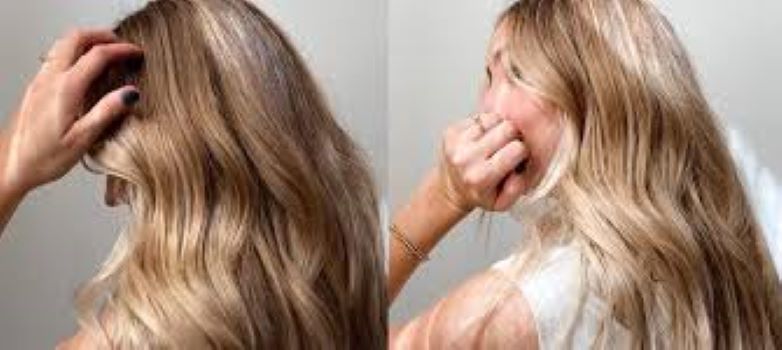IS YOUR HAIR DYE SAFE?? BE DOUBLY SURE

27-year-old man suffers 13-hour ordeal after colouring hair
Team L&M
In a recent incident in UK, the worst nightmares came true for a 27-year-old man, who used a hair dye to hide his grey strands. According to reports, the issue started with itchiness in the scalp and on the next day, it was the unleashing of a horror when he found his face swelling through the day, only to turn into a ‘balloon head’. When he rushed to the hospital for treatment, he was informed that the swelling had borne out of a chemical reaction caused by Paraphenylenediamine or PPD, a common ingredient in most hair dyes. The swelling subsided only after popping in around 25 pills and a 13-hour ordeal in the hospital. However, this is not the first occasion when such reports have emerged pertaining to reactions triggered by PPDs. Over a decade ago, a woman living in West Yorkshire area of northern England went into a coma after a similar suspected reaction caused by PPD.
Paraphenylenediamine, commonly referred to as PPD, is a chemical substance widely used in permanent oxidative hair dyeing. Toxic by skin absorption, inhalation or ingestion, PPD is used widely in hair and skin dyes as it aids the production of aramid fibers and antioxidants, whereas it is also used for other purposes such as a laboratory reagent and in photographic development. It is essentially a dye intermediate, which can potentially react during the colouring process with other harsh chemicals like hydrogen peroxide, forming compounds that are potentially mutagenic and carcinogenic. Experts suggest that acute short-term exposure to high levels of paraphenylenediamine can cause severe dermatitis, irritation and tearing of the eyes, asthma, renal failure, dizziness, tremors, seizures, and coma in humans; whereas, chronic or long-term exposure can result in eczematous contact dermatitis in humans.
The most common symptoms of allergies induced by PPD include skin irritation and inflammation, wherein it might cause itching, burning and redness on the scalp as well as other contact areas. But in instances where its impact is severe, one may experience swelling, sores, blisters and even anaphylactic shock. As for PPD-induced swelling, the parts most prone are scalp, face, eyelids, neck, hands and feet. Therefore, it is strongly recommended that you go for a patch test before using any hair dye, even if it’s from a brand that you have been using for long.
Moreover, there is also an urgent need for most people, especially with sensitive skin and scalp conditions, to eliminate hair dyes with harsh chemicals from their haircare regimen. Apart from PPD, hair dyes comprising Ammonia, its byproducts such as Ethanolamine, Diethanolamine & Triethanolamine, synthetic fragrance, EDTA, Resorcinol and heavy metals, should be strictly avoided to avoid any such aftereffect. The Journal of Cosmetic Dermatology published a study few years ago, wherein several women between the ages of 21-91 were given to use hair dyes that did not contain Ammonia or PPD. None of the women showed any signs of allergy or irritation, and in fact, their hair quality improved a great deal with regard to hair shine, hydration, porosity as well as colour. So next when you spend your bucks on choosing a hair dye, ensure that you make the right choice.


